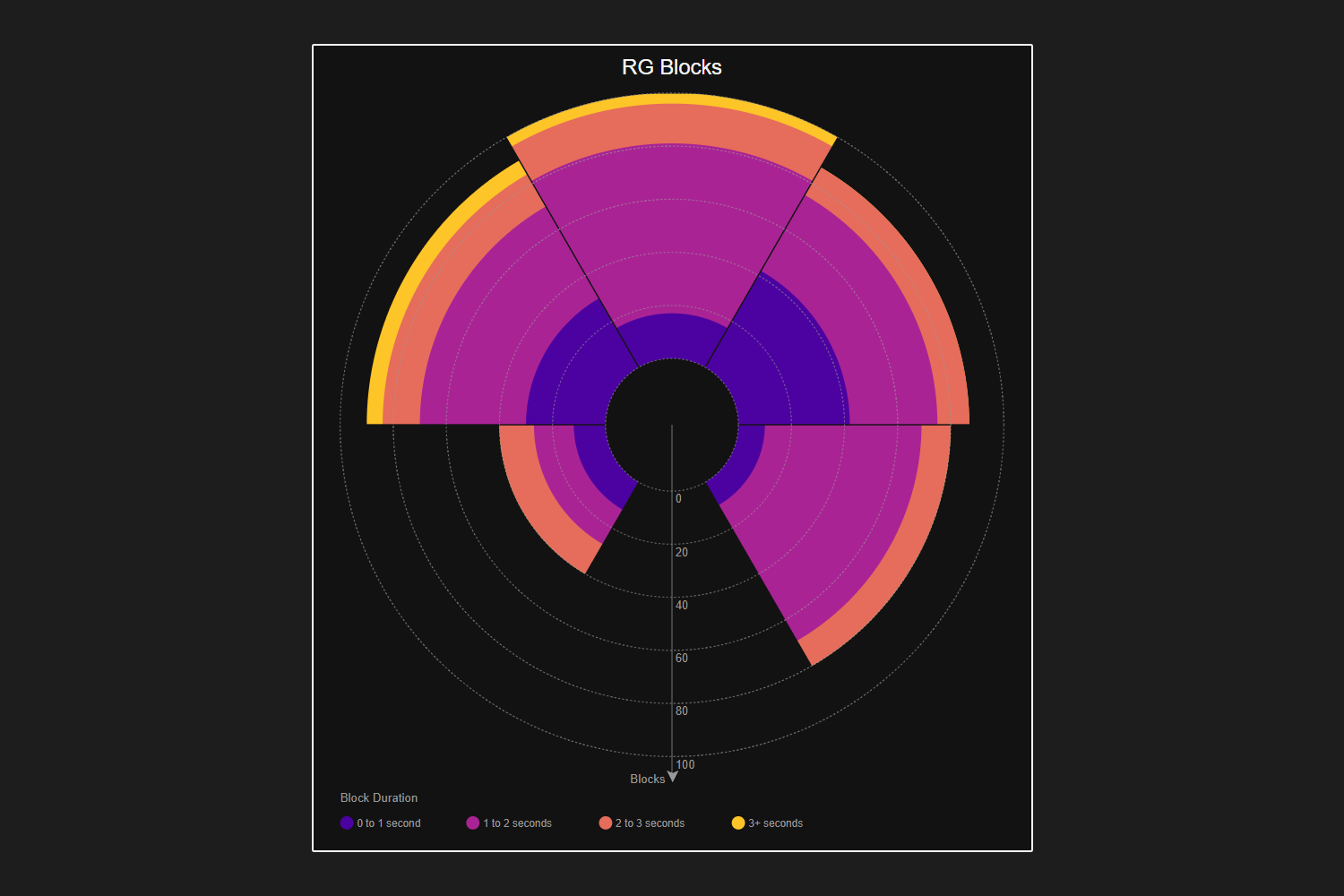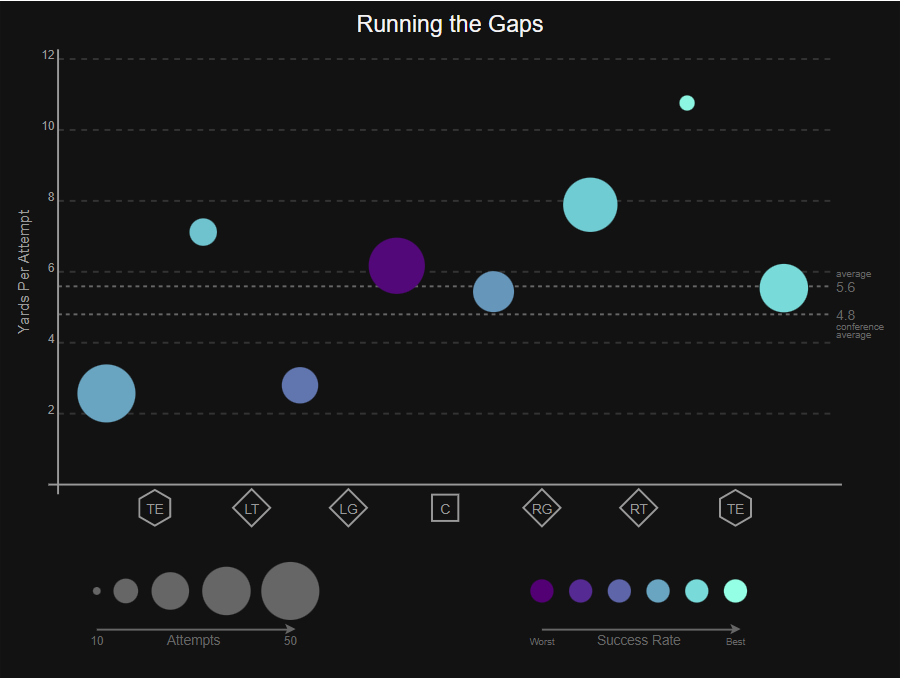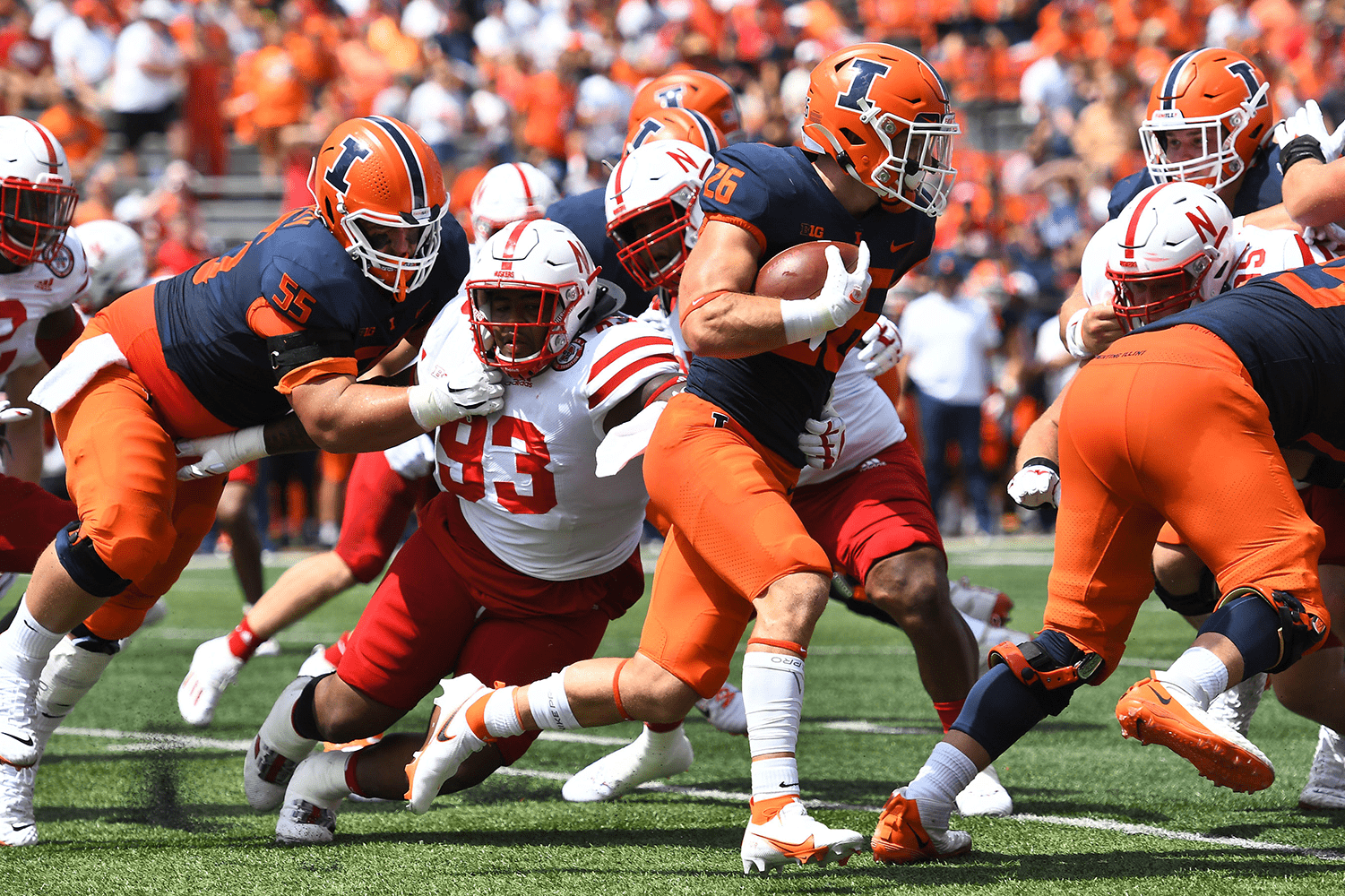Offensive linemen have some of the most difficult jobs on the football field. The combination of strength, athleticism, intelligence and toughness needed to play the position make it one of the hardest to coach as well. In his legendary book The Complete Offensive Lineman, Rick Trickett shares a little bit more about offensive linemen. “I became intrigued with the offensive line for many reasons. This area included so many different blocking schemes, types of technique work, coaching strategies, steps, helmet placements, hand placements, and so on. You could practice all day with an offensive lineman in shorts, even without helmets, and accomplish a lot.”
Because offensive linemen are asked to do so many different things, with very few actually involving the ball - center-QB exchange aside - it is one of the most difficult positions to get good information about. This is where our Line Battles data comes into play. Last week Seth Partnow talked about using line battles data to look at the passing game, and today I will dive into the run game.
Individual Assessment:
Let’s start with a single player. What can this data tell us about how a specific person (or position) is playing? When we collect Line Battles information, we are collecting where on the field an engagement (an offensive and defensive player involved in a block) begins and the timestamp for when it starts. We then gather information about where, and when, that engagement ends. Using this we can quantify one important metric that gets drilled into every offensive lineman's head: Staying on blocks!

The graphic above illustrates how well a right guard stays engaged in blocks. Different coaches have different names for blocking styles, but this gives us a great look into the effectiveness of an offensive lineman on base blocks, down blocks, and reach blocks. Defensive coaches can use these to compare players across the line to see strengths and weaknesses in run blocking and attack any weaknesses they see.
Play level:
Seth’s article on line data in the passing game from last week illustrated the “pocket” created by the offensive line in protection. When examining the ground game, we can flip that same idea, and look at the push that each offensive lineman gets on run blocks instead.

On this particular play, the LT was able to get their hands on two defenders as part of his blocks. Coaches that know what the play was can easily look at what actually happened and determine lots of information like:
- How do the assignments look?
- How well do your lineman “come off the ball” for their blocks?
- Did the runner end up at the desired point of attack? If not, why?
- How fast do opposing linebackers fill gaps, and how quickly did the OL get up to the next level?
Aggregates:
Even more powerful than understanding the details of a single play is looking at performance across every play. By aggregating plays together, we can analyze things like the number of runs, the success of runs, and the average gain of runs by gap.

I have had the chance to talk about the line battles information with many offensive and defensive line coaches. Each one has had a unique thought process about how to utilize the information from this data. One of those coaches said: “My mind is just racing with possibilities with this data!” We are just scratching the surface with this, and as Marcus Peters said “I think…we ain’t done yet”!
Matt Edwards
Head of American Football Analysis - StatsBomb
matt.edwards@statsbomb.com

